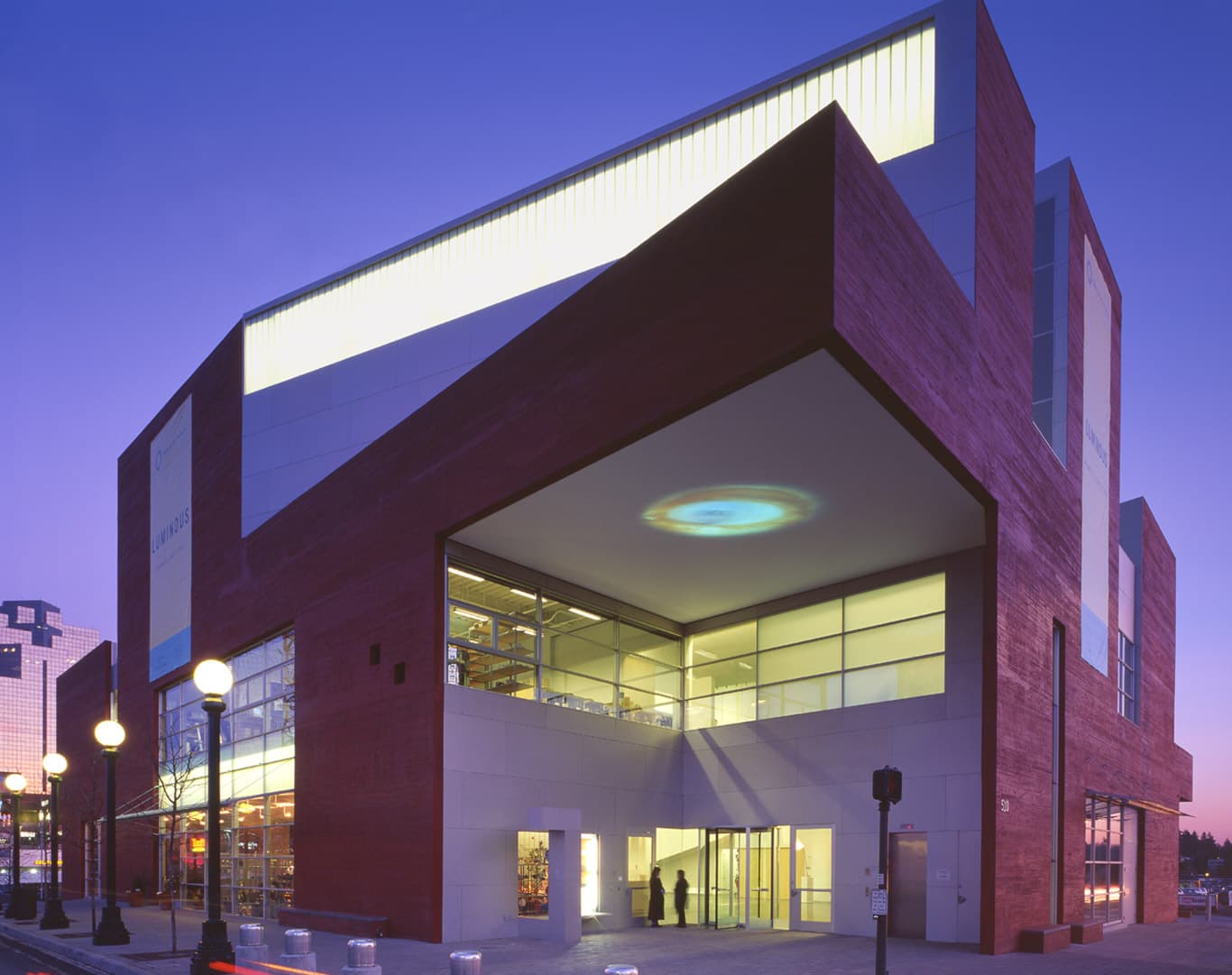Bellevue Arts Museum 2024 Closure: Causes, Context, and Implications

The Bellevue Arts Museum (BAM) building in downtown Bellevue, WA, designed by architect Steven Holl, opened in 2001 as a bold cultural venue but closed to the public in 2024.
When I first visited downtown Bellevue in 2024, I noticed a striking museum next to the city park and shopping mall: the Bellevue Arts Museum (BAM). Built in 2001, BAM was the largest art facility in Bellevue, providing residents with an important space to experience and learn about art. Little did I know then, this impressive landmark was on the verge of closure.
In September 2024, BAM closed indefinitely due to severe financial instability worsened by the COVID-19 pandemic. Despite raising over $350,000 in emergency funds earlier in the year, ongoing deficits dating back to 2010 revealed an unsustainable reliance on periodic large donations and inadequate financial planning. BAM had been operating without a robust endowment, repeatedly depending on one-time contributions, which proved insufficient in the long run.
Located in Bellevue, Washington, home to major tech companies like Microsoft and Amazon, the museum's closure indicated a paradox: significant local wealth did not translate into broad-based community support for cultural institutions. While Bellevue's tech-driven affluence provided occasional corporate sponsorships, it failed to yield sustained engagement or consistent financial backing. This lack of steady funding, combined with competition from nearby Seattle's established art institutions, left BAM vulnerable.
The museum's challenges reflected broader trends where traditional philanthropic models which reliants on substantial individual gifts are shifting. Younger donors and tech-sector philanthropists often favor specific projects over general operational support, a shift BAM struggled to navigate despite efforts to modernize and appeal to new audiences.
Signs of trouble were evident long before the 2024 closure. After opening its custom-designed building in 2001 without establishing an endowment, BAM briefly closed in 2003, reopening in 2005 with a narrower focus on art, craft, and design. Financial instability persisted through cycles of emergency fundraising and leadership turnover, exacerbated by internal controversies that damaged community trust and further complicated fundraising efforts.
Upon closing, BAM entered receivership to manage debts and explore options for its future. The museum began generating interim revenue by renting its facility for private events and hosting temporary community activities, such as a Holiday Arts Fair. Potential futures include partnering or merging with another institution or repurposing the museum's iconic Steven Holl-designed building.
BAM's closure offers cautionary lessons for similar institutions in prosperous, tech-oriented cities: physical expansion without adequate financial foundations, insufficient community engagement, and outdated funding models can collectively undermine even seemingly secure organizations. Bellevue's experience underscores the necessity of ongoing civic investment in cultural infrastructure and highlights the evolving landscape of philanthropy, urging cities and institutions to develop innovative strategies to ensure long-term sustainability.